Messier 76 from remote, my backyard and my Jade observatory
Messier 76 is an object I have imaged several times over the years, each attempt marking a step forward in my astrophotography journey. My first recordings of this planetary nebula date back to 2010 and 2011, captured from my backyard in Krefeld using DSLR equipment. In 2012, I enhanced the 2011 dataset by adding Hα and [OIII] remote data from the LightBuckets observatory in southern France, which revealed far more of the nebula’s faint ionized structures than broadband imaging alone could show.
My most recent and most detailed attempt came in 2025, this time from my Jade Observatory, using narrowband filters and a modern CMOS camera. This approach brought out the complex filamentary structure of M76, also known as the Little Dumbbell Nebula—a compact planetary nebula located in the constellation Perseus. Structurally, M76 is thought to be a bipolar planetary nebula, its distinctive two-lobed shape formed by intense stellar winds from the dying central star interacting with previously ejected material. The object lies at a distance of roughly 2,500–3,400 light-years and represents the final evolutionary stage of a Sun-like star.
Each imaging session—from DSLR beginnings to narrowband precision—has revealed new depths and details within this small but striking nebula, making M76 one of my most rewarding long-term targets.
Data calibration, registration and the final processing was done with PixInsight. The result was as follows:
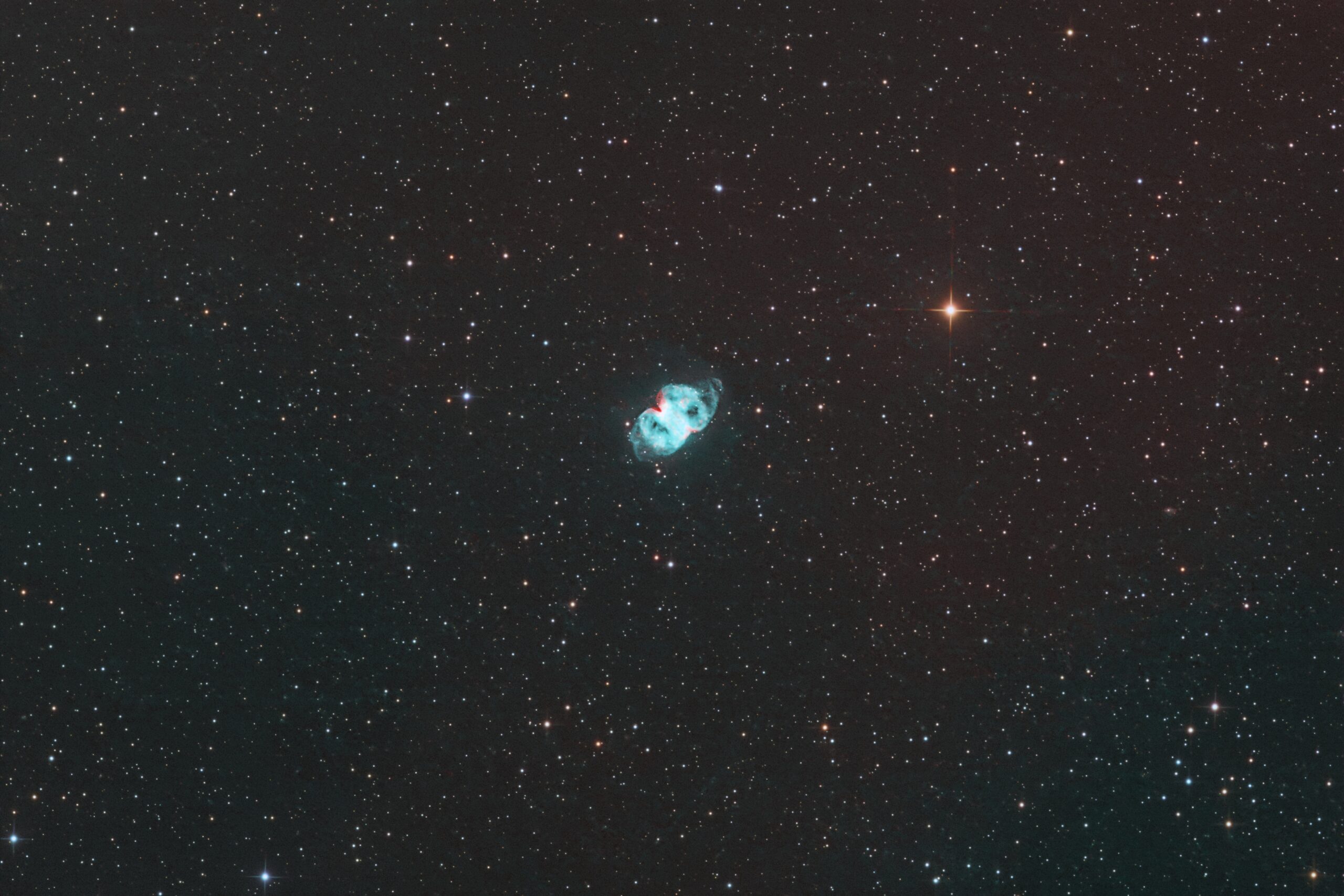
The images were taken with the following equipment:
- Date: 2025
- Location: Varel, Germany
- Telescope: 6″ Lacerta Newton
- Focal length [mm]: 450
- Focal ratio: 3
- Mount: Skywatcher EQ8
- Camera: Lacerta 2600 DeepSky mono
- Filter: R:G:B:Hα:[OIII]
- Exposure time [min]: 60:60:30:180:165
- Resolution: 0.86″/px (2*Drizzle)
The 2011 OSC data was enhanced with 2012 remote Hα-data.
Data calibration and registration was done in DeepSkystacker, the final processing was done with PixInsight. The result was as follows:
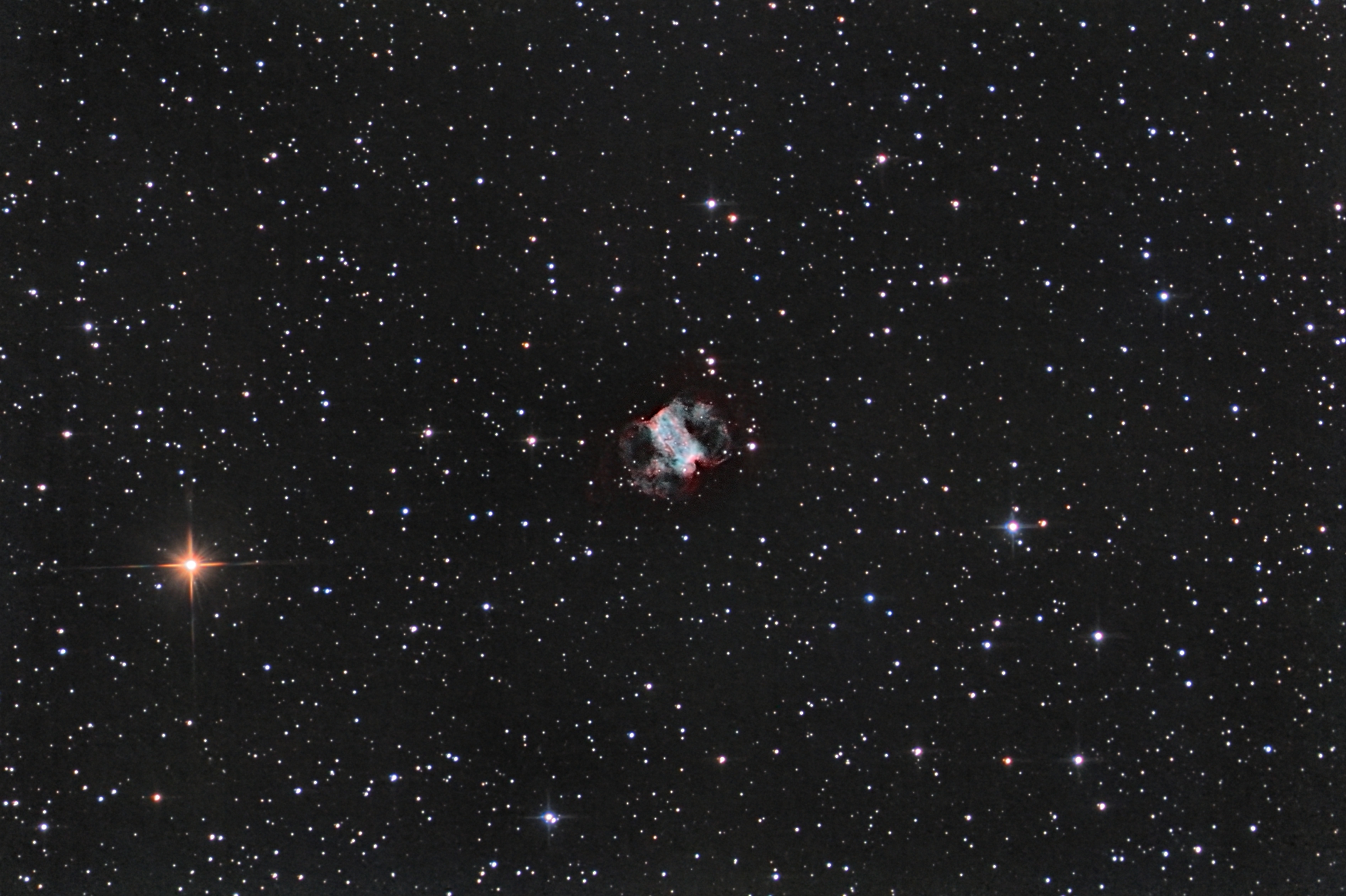
The images were taken with the following equipment:
- Date: 2012
- Location: France
- Telescope: ?
- Focal length [mm]: 660
- Focal ratio: ?
- Mount: ?
- Camera: SBIG ST 8 Dual
- Filter: Hα:[OIII]
- Exposure time [min]: 110:110
- Resolution: 2.81″/px
The 2011 data calibration and registration was done in DeepSkystacker, the final processing was done with PixInsight. The result was as follows:
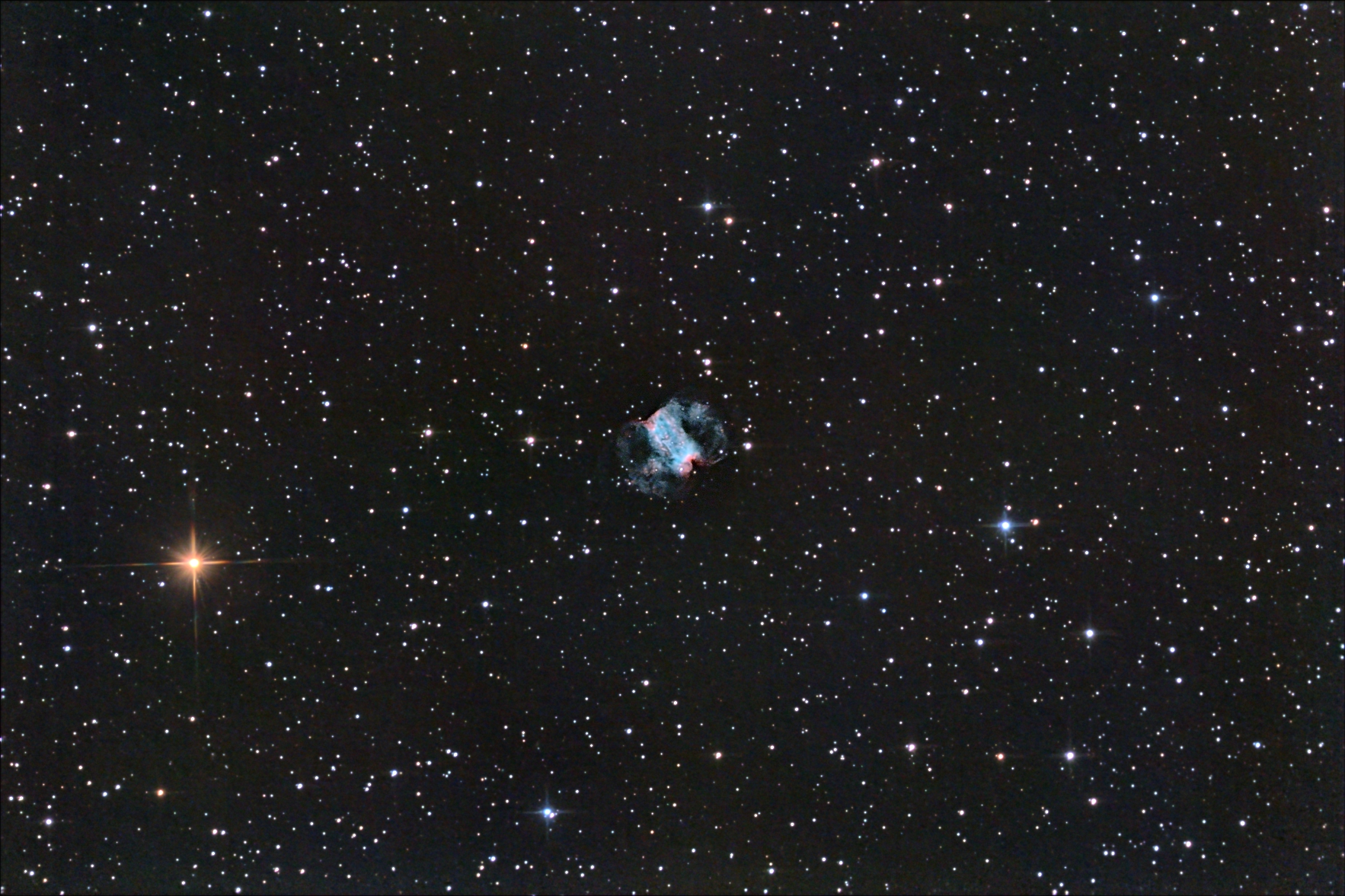
The images were taken with the following equipment:
- Date: 2011
- Location: Krefeld, Germany
- Telescope: Orion 10″ Newton
- Focal length [mm]: 1200
- Focal ratio: 4.8
- Mount: Skywatcher NEQ6
- Camera: Canon 500Da
- Filter: OSC
- Exposure time [min]: 260
- Resolution: 1.15″/px
The 2010 data calibration and registration was done in DeepSkystacker, the final processing was done with PixInsight. The result was as follows:
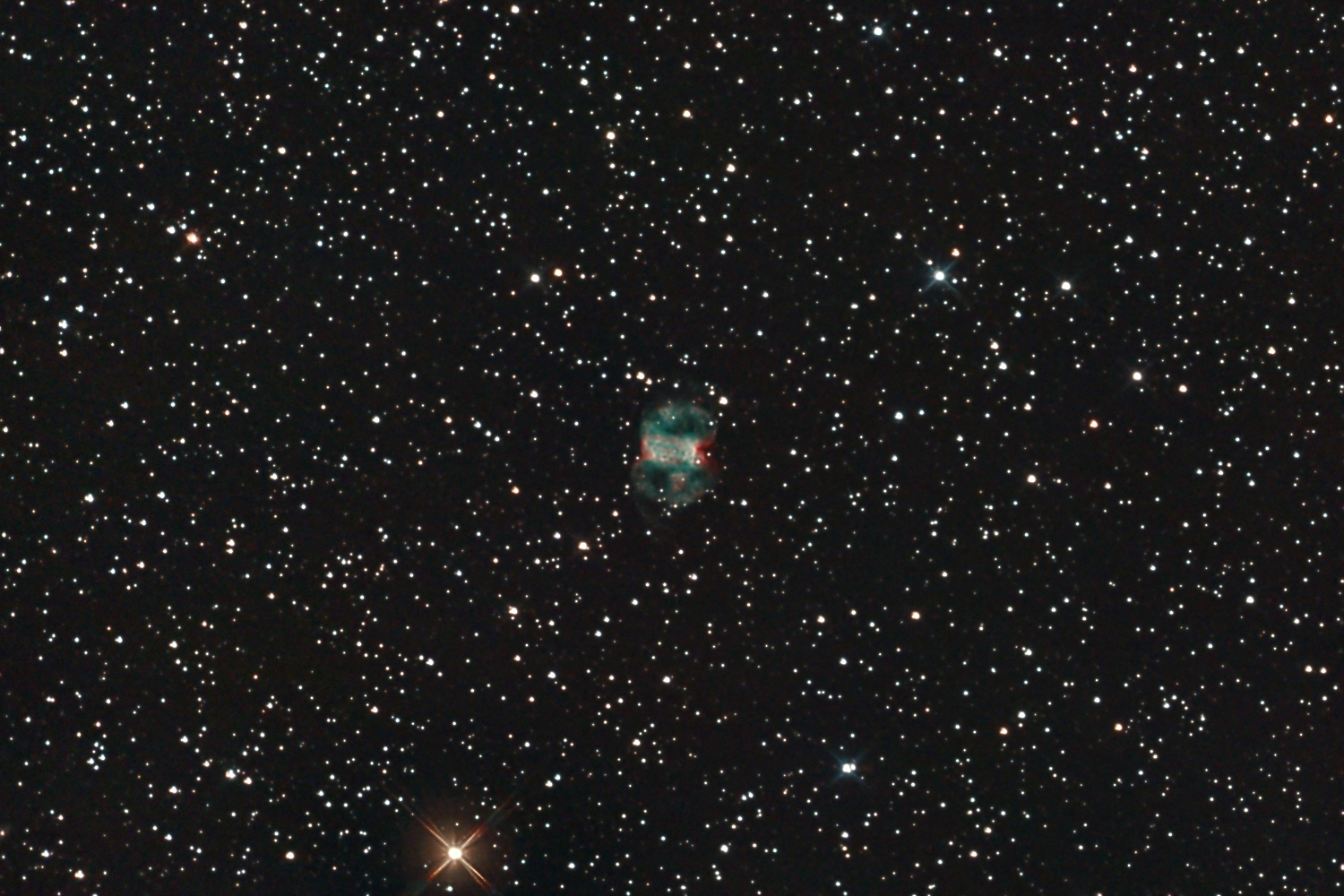
The images were taken with the following equipment:
- Date: 2010
- Location: Krefeld, Germany
- Telescope: Orion 10″ Newton
- Focal length [mm]: 1200
- Focal ratio: 4.8
- Mount: Skywatcher NEQ6
- Camera: Canon 500Da
- Filter: OSC
- Exposure time [min]: 375
- Resolution: 1.46″/px
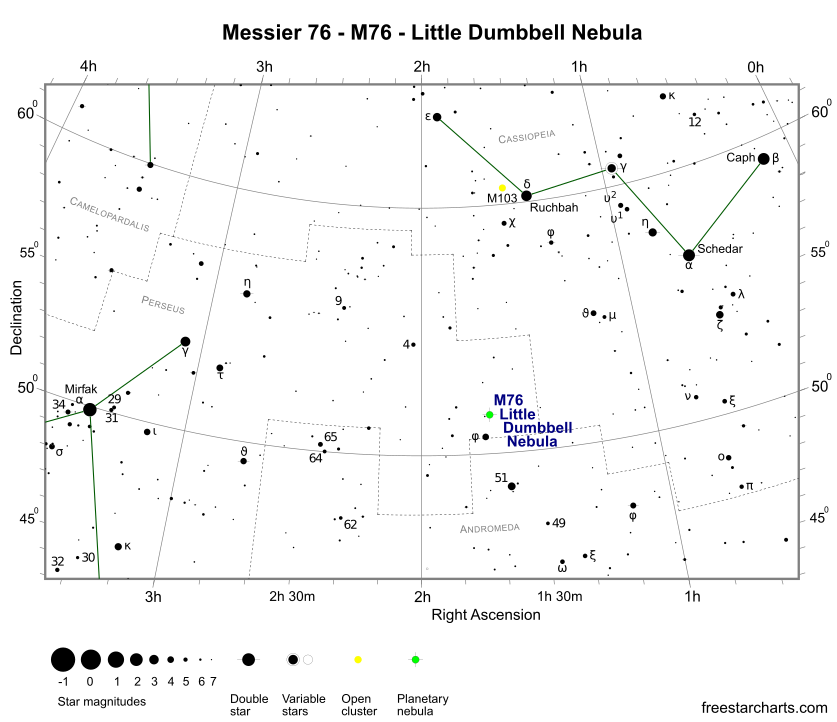
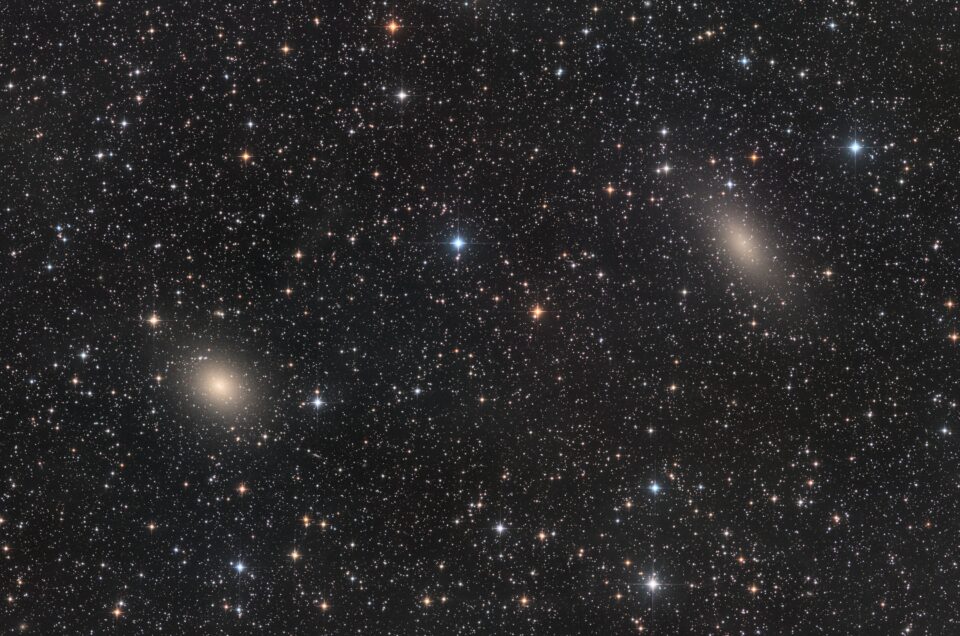
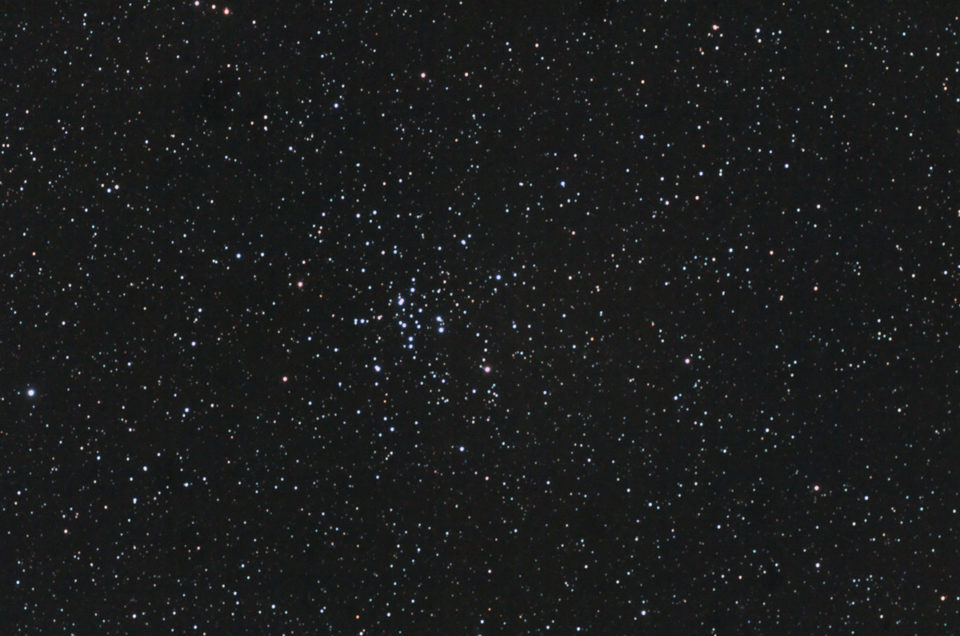

Leave a reply